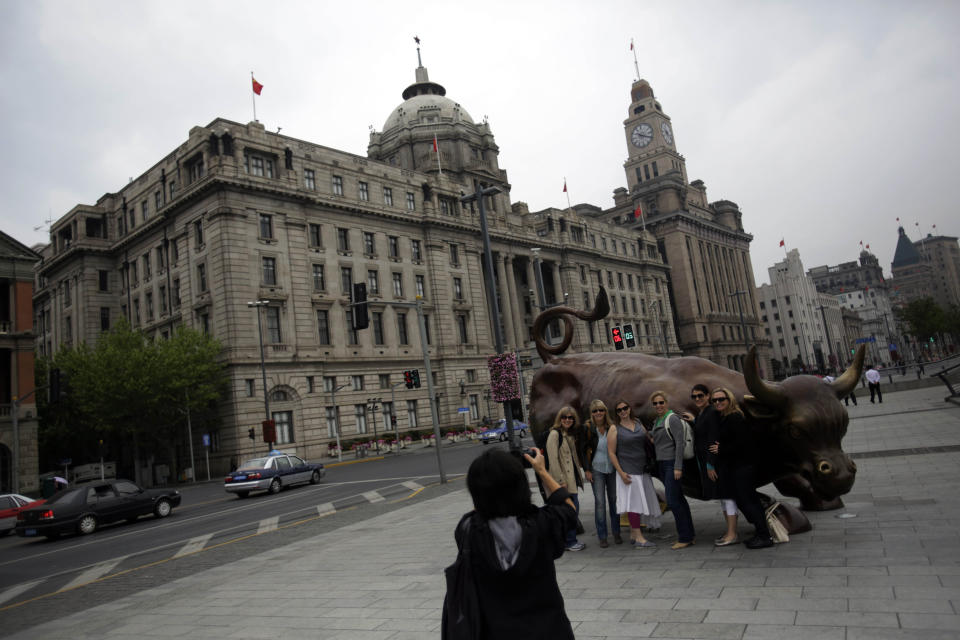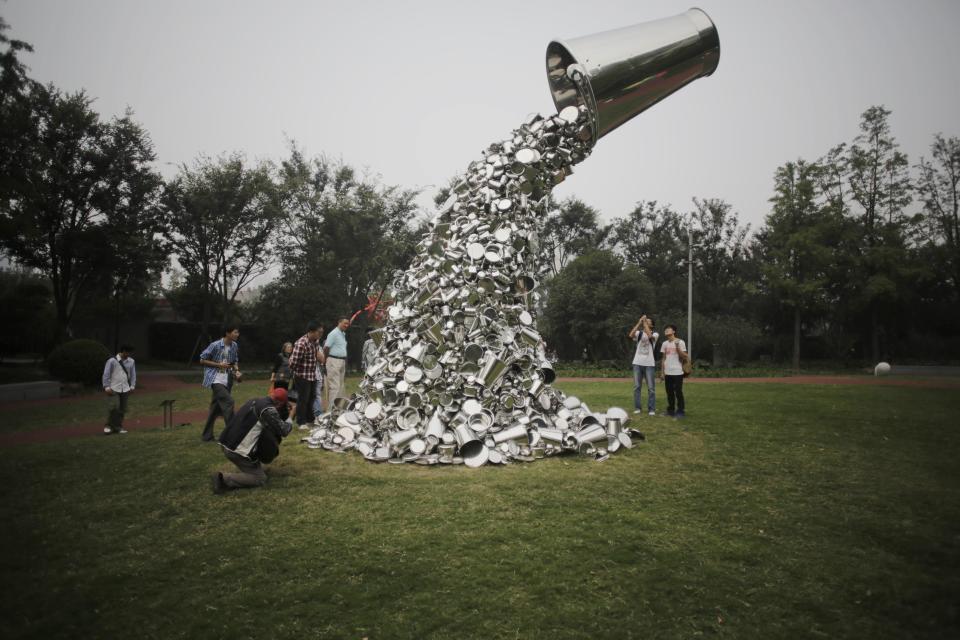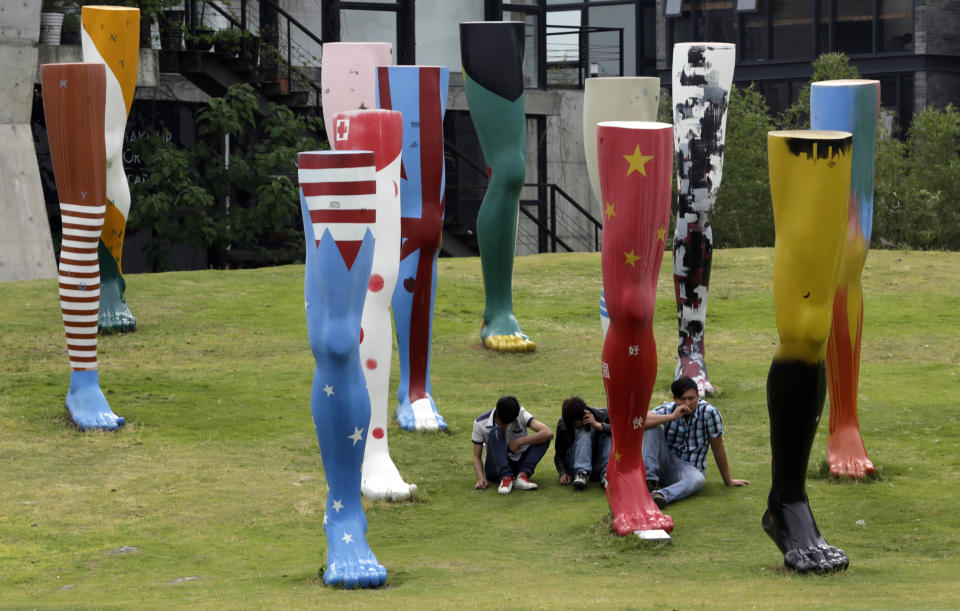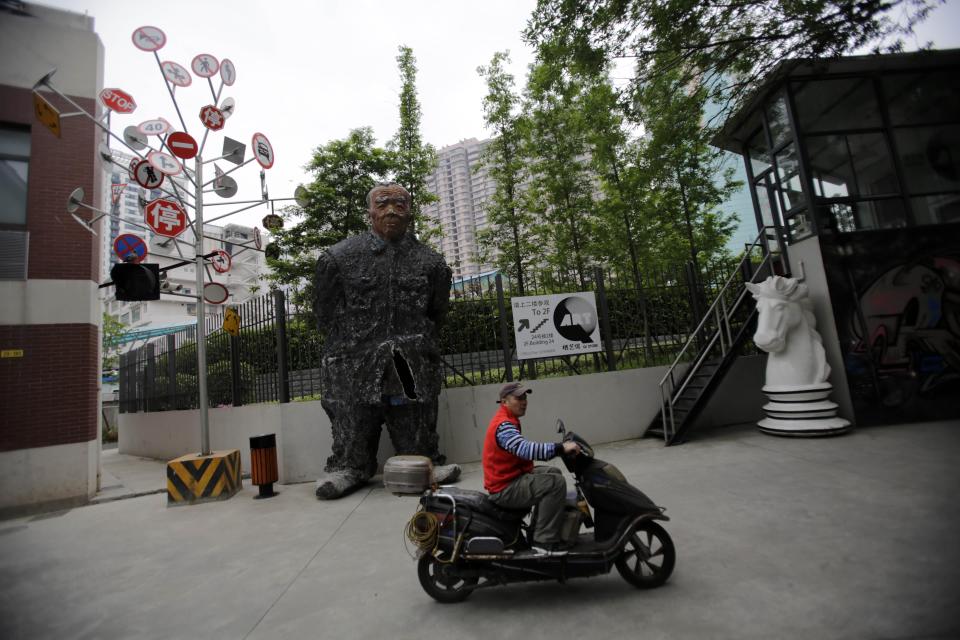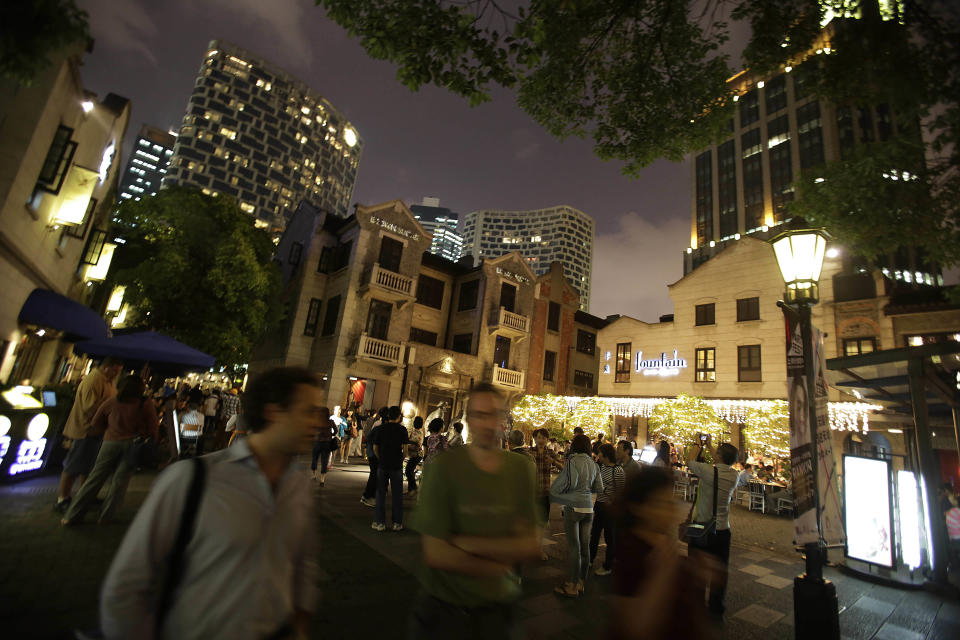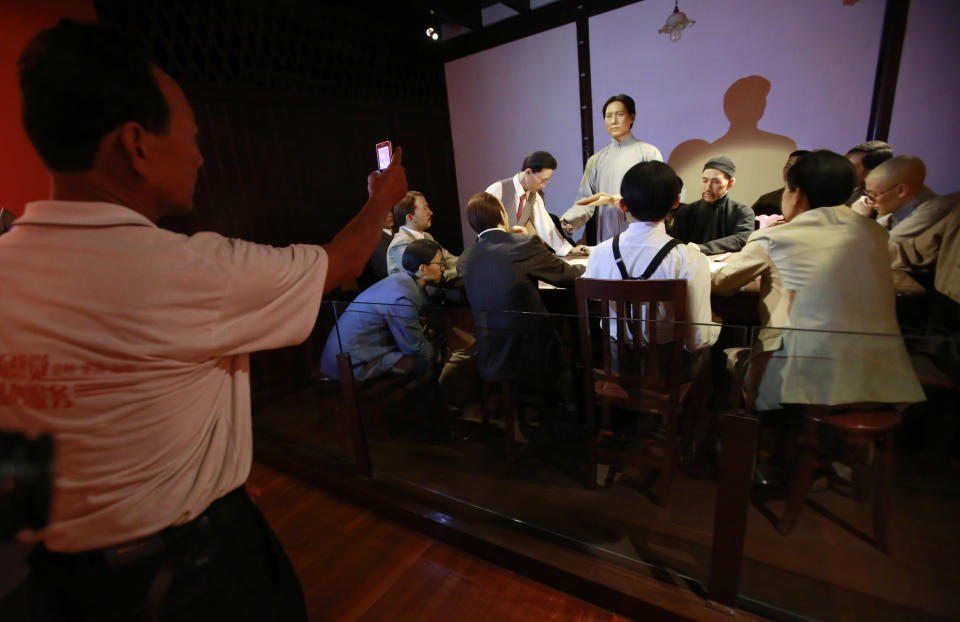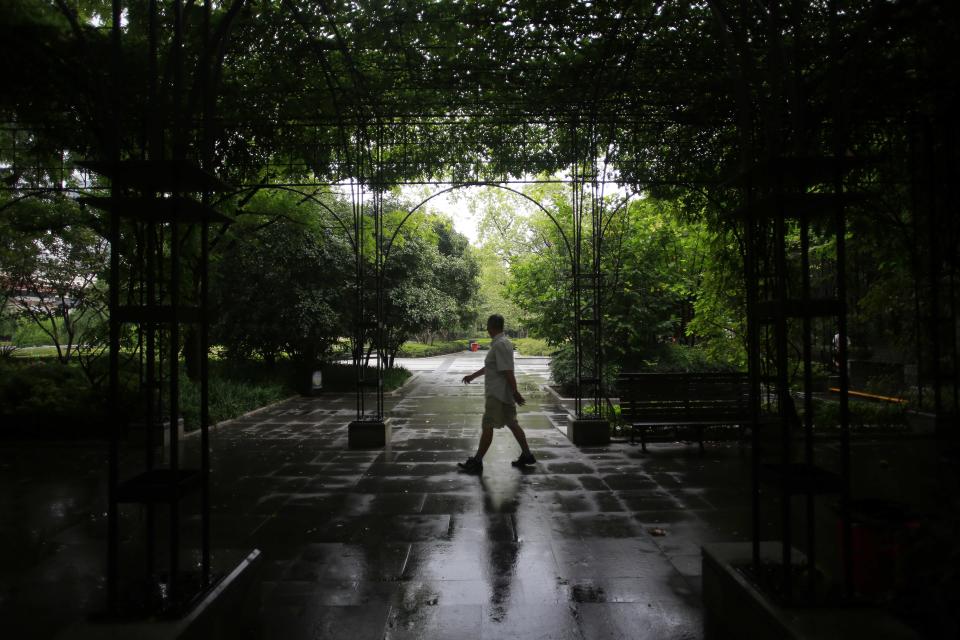Shanghai: 5 freebies from Bund to art districts
SHANGHAI (AP) — China's biggest city and financial hub is known for designer boutiques and fine dining. Yet wallet-draining Shanghai also offers activities that cost nothing, from walking on the riverfront Bund to sculpture parks and historic sites. Here are five of them.
THE BUND
A walk along the Bund is an introduction to the essence of big, bold, fashionable, commercial Shanghai.
The avenue is lined with art deco buildings from the 1920s and '30s, when Shanghai was the New York of the Far East. The Bund was its Wall Street, home to international banks and trading houses. A handful of foreign and Chinese entrepreneurs made fortunes. The city's relative stability attracted migrants who left behind poverty and fighting among warlords elsewhere. Other areas of the city have been bulldozed to make way for office and apartment towers, but the Bund's classic appearance has been preserved and its buildings renovated.
At the Bund's north end is the Peace Hotel, one of Shanghai's most famous buildings, where celebrities such as Cole Porter stayed before World War II. Nearby is a statue of Chen Yi, the city's first communist mayor in the '50s.
Farther south, buildings including the former headquarters of the Hong Kong and Shanghai Bank have been renovated and now house designer shops like Ermenegildo Zegna and Cartier. At the corner of Guangdong Road, the seventh-floor terrace of restaurant M on the Bund offers a panoramic view across the river to Pudong, the financial district that was constructed from scratch over the past two decades.
The Bund's name, which rhymes with fund, comes from the Hindi word for barrier and refers to the riverside embankment where ships were loaded and unloaded. Today, the commercial piers are gone and the view of the river from the street is blocked by a floodwall built in the '90s. Visitors can climb to the top of the barrier where a wide pedestrian walkway gives a view of the river and Pudong's forest of skyscrapers, with the Oriental Pearl Television Tower looming over them.
ART DISTRICTS
The Hongfang Creative Industrial Zone, created in 2005 out of a cluster of renovated factories, houses galleries including the Shanghai Sculpture Space, open Tuesday-Sunday, which shows work by Chinese and foreign contemporary artists. The building surrounds a grassy courtyard with sculptures that include bulls and horses made of auto parts and car-size heads of Albert Einstein and former Chinese leader Deng Xiaoping. The district is on Weihai West Road, a five-minute walk east of the Hongqiao Road station on the No. 3 subway or 10 minutes west of Weihai West Road station on the No. 10.
The Moganshan Road Art District, on the bank of Suzhou Creek, is older, grittier and more commercial. The city's most prominent contemporary galleries — locals as well as outposts of European and U.S. galleries — are housed in converted textile factories and warehouses dating to the 1930s. Moganshan's mix of industrial and arty is a favorite backdrop for Chinese fashion photographers. It's a 20-minute walk south of the Zhongtan Station on the No. 3 or 4 subways.
SCULPTURE GARDEN
Jing'an Sculpture Park, on Beijing West Road west of the North-South Expressway, is an oasis of green among high-rise apartment blocks. The six-hectare (15-acre) park has monumental works in stone, steel and other materials by artists including American Jim Dine, Belgium's Wim Delvoye and Ram Katzir of Israel. Some are sturdy enough for children to climb. On weekends, kids skate on the sidewalks while adults play badminton on the lawn.
HISTORIC SITES
The Former Residence of Mao Zedong commemorates the period in 1924 when the future leader of China's revolution was a communist activist living in Shanghai. The two-story space has period furniture and displays on early Communist Party history. The building, wedged between small shops, is an example of shikumen, or stone gate, architecture. The home is open Tuesday-Sunday, 9 a.m.- 11:30 a.m., 1 p.m.-4:30 p.m., at No. 120 Maoming North Road, south of Weihai Road, a short walk south of the Nanjing West Road station on the No. 2 subway.
The Memorial of the First National Congress of the Communist Party of China commemorates the first party meeting in 1921 by Mao Zedong and 12 fellow leftists — including two from the Moscow-controlled Communist International. Visitors can see the parlor where the first congress was held. The memorial on Huangpi South Road and Xingye Road south of People's Square also has a museum about party history.
The party was founded in Shanghai in hopes of inspiring a revolution by the city's factory workers. But after devastating attacks by Gen. Chiang Kai-shek's Nationalist government, the party withdrew to the countryside, where it led a peasant uprising that became the model for rural leftists across Asia, Africa and Latin America.
Ironically, the memorial abuts the tony Xintiandi complex of boutiques and restaurants. It is a product of Deng's market-style reforms launched in the 1980s to revive an economy nearly destroyed by three decades of Soviet-style central planning.
PARKS
People's Square is the heart of modern Shanghai. Built on the site of a colonial-era horse track, it was the only large open space in the crowded city for decades until a wave of park construction in the '90s.
On the square's southern edge is the Shanghai Museum. Many items from its extensive collections of porcelains, jades, paintings and bronzes were donated by families that fled to Hong Kong following the 1949 communist victory but have since reconciled with the mainland.
To the northeast is the Urban Planning Exhibition Hall, with a scale model of Shanghai's fast-changing cityscape and exhibits on its evolution. To the northwest is the Shanghai Art Museum in the horse track's former clubhouse. It has displays of contemporary art and is the site of the Shanghai Biennale, held in even-numbered years.
The square is just south of People's Square Station on the No. 1 or 8 subways.
Fuxing Park, southwest of People's Square on the opposite side of the North-South Expressway, is a French-style park with fountains and gardens that once was part of the French Concession neighborhood during Shanghai's colonial era. In the mornings, locals dance and practice tai-chi or martial arts here.
Lu Xun Park, in the Hongkou district north of downtown, has lawns, trees and a lake. It commemorates Lu Xun, China's most prominent 20th century author, a leftist who spent his final years in Shanghai and died in 1936. His tomb in the park bears an inscription from Mao.
___
AP researcher Fu Ting contributed.
